According to a new report, clean energy sources are accounting for over 40% of global electricity generation, marking a significant milestone in the transition towards sustainable energy. This achievement was primarily driven by substantial increases in solar and wind power, with solar energy alone experiencing a 29% growth, contributing 474 terawatt-hours (TWh) and now capable of meeting the entire electricity demand of India. Wind energy also saw a 7.9% increase, while hydropower grew by 4.3% due to favorable climatic conditions. However, nuclear energy’s share declined to 9%, its lowest level in 45 years.
Despite these advancements, the overall emissions from the power sector rose by 1.6%, attributed to increased electricity demand and continued reliance on coal. The International Energy Agency (IEA) reported that global energy demand surged by 2.2% in 2024, driven by record-high temperatures leading to greater cooling needs, as well as the expanding use of electric vehicles and data centers. Notably, China led the renewable energy expansion, contributing nearly 64% of new capacity, primarily from solar installations. This rapid growth underscores the ongoing global shift towards renewable energy sources, although challenges remain in meeting climate targets and reducing fossil fuel dependency.
Context & Background
The global energy landscape has been undergoing a significant transformation over the past two decades, with renewable energy sources steadily increasing their share in electricity generation. In 2000, renewables accounted for 19% of global electricity, a figure that has now surpassed 40% as of 2024. This growth has been largely driven by technological advancements, decreasing costs, and supportive policies promoting clean energy adoption. However, despite these gains, fossil fuels, particularly coal and natural gas, continue to play a dominant role in the global energy mix, contributing to ongoing challenges in reducing greenhouse gas emissions and combating climate change.
In This Story
International Energy Agency (IEA)
The International Energy Agency is an autonomous intergovernmental organization established in 1974 within the framework of the Organisation for Economic Co-operation and Development (OECD). It works to ensure reliable, affordable, and clean energy for its member countries and beyond.
Ember
Ember is an independent energy think tank that aims to accelerate the global electricity transition from coal to clean energy. It provides data-driven insights and analysis to inform policy decisions and track progress in the power sector.
BloombergNEF (BNEF)
BloombergNEF is a strategic research provider covering global commodity markets and the disruptive technologies driving the transition to a low-carbon economy. It offers in-depth analysis, data, and insights on energy, transport, industry, and finance.
China National Energy Administration (NEA)
The National Energy Administration is a department under the National Development and Reform Commission of China, responsible for formulating and implementing energy development plans and policies, including those related to renewable energy.

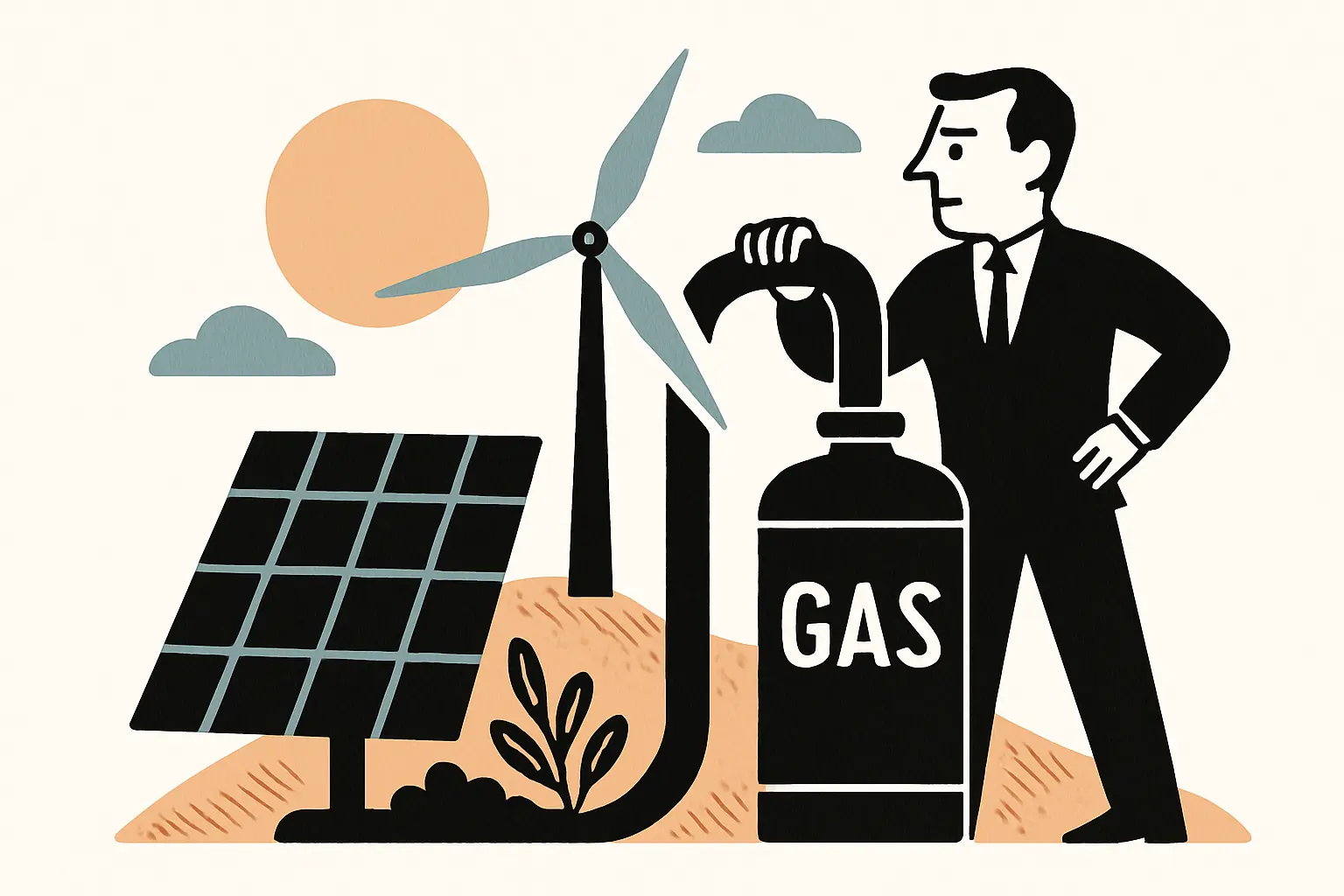
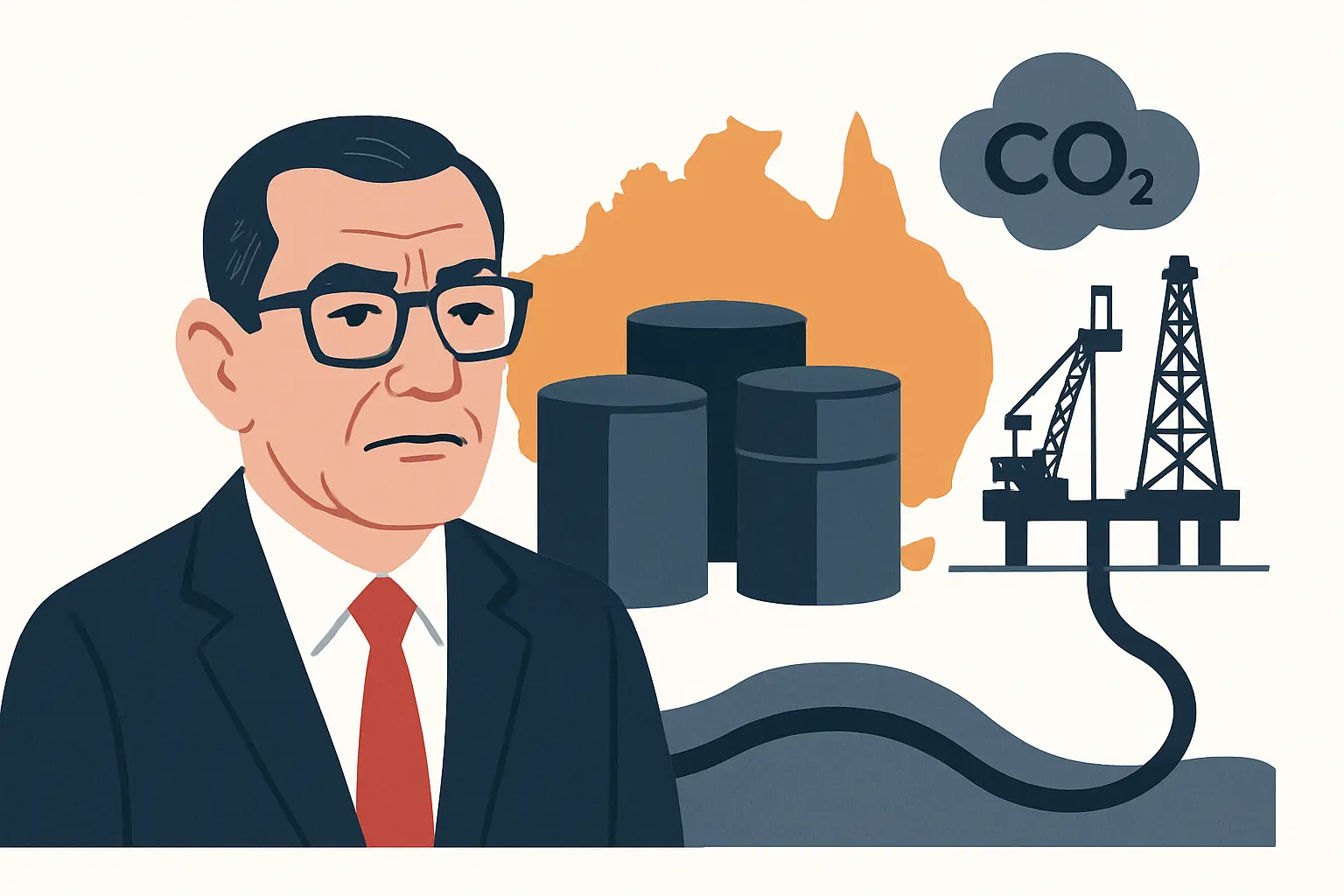
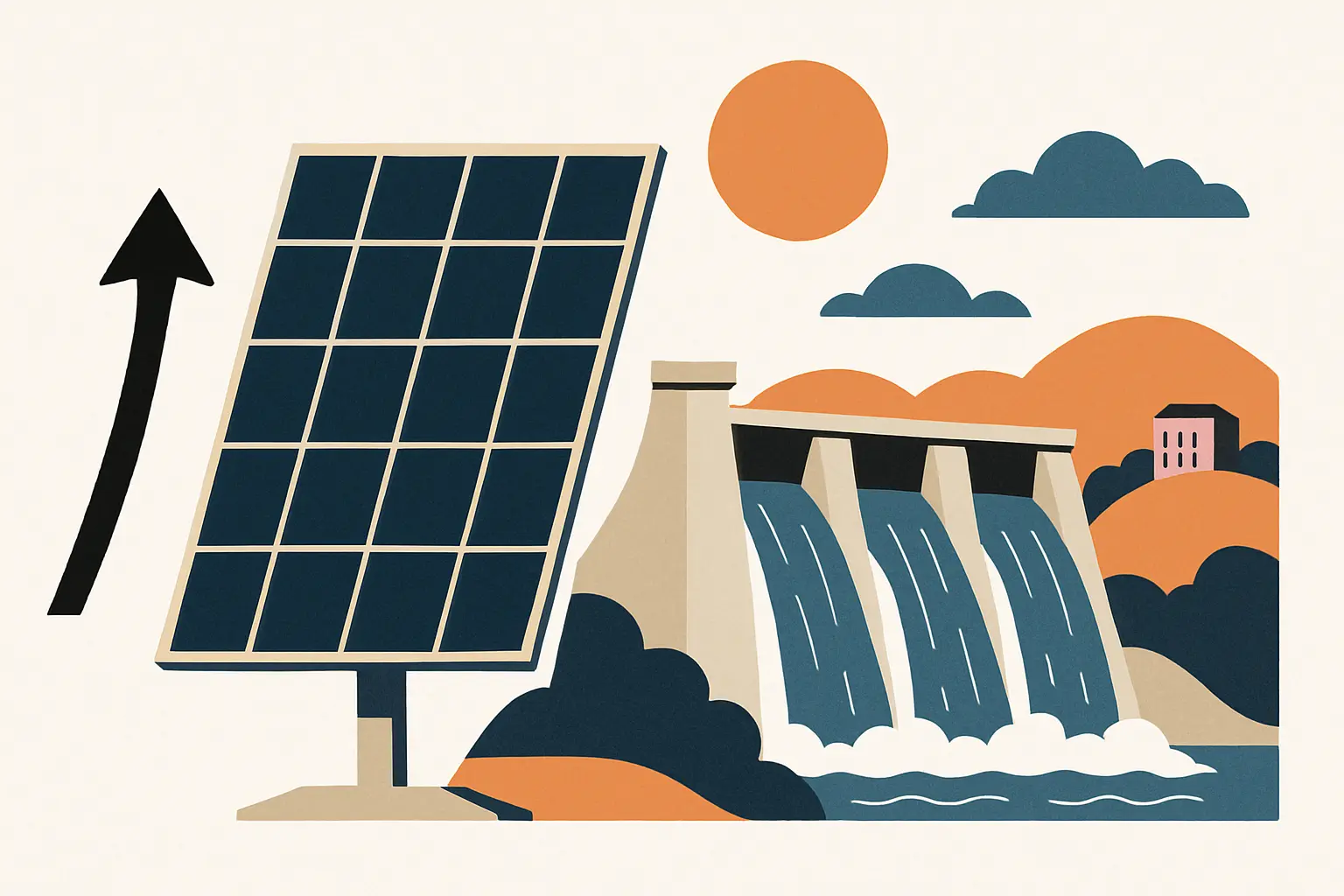
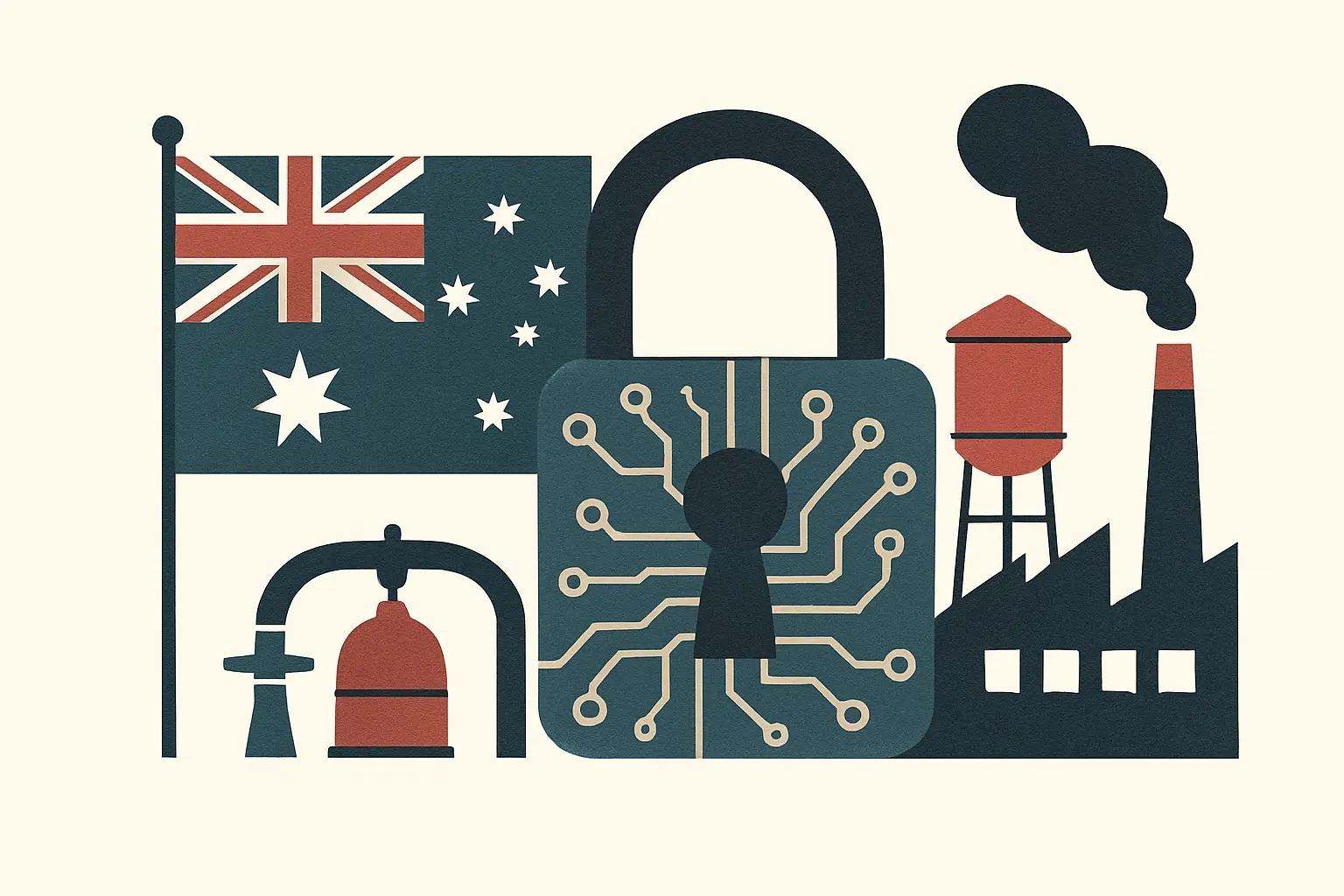






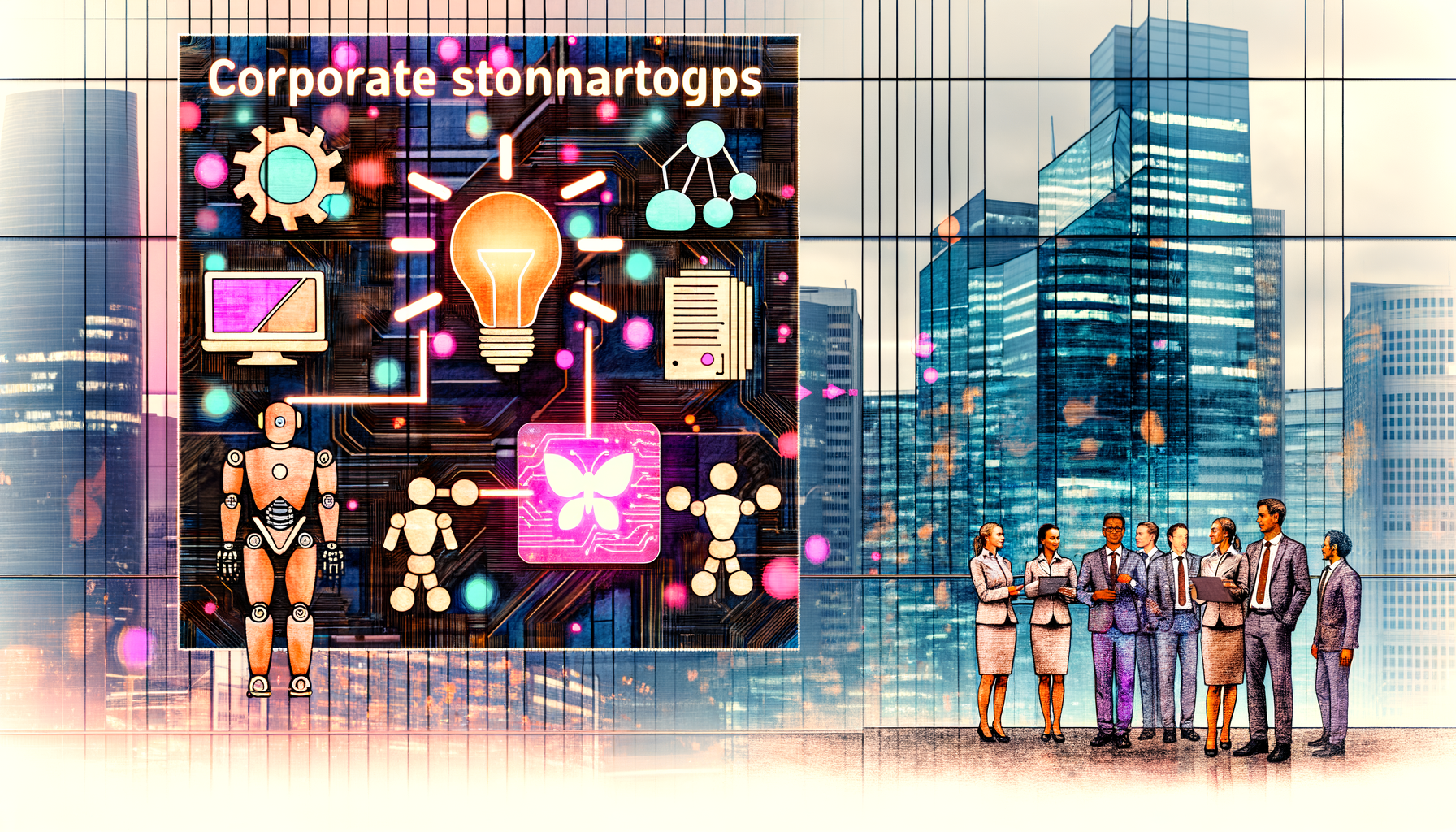


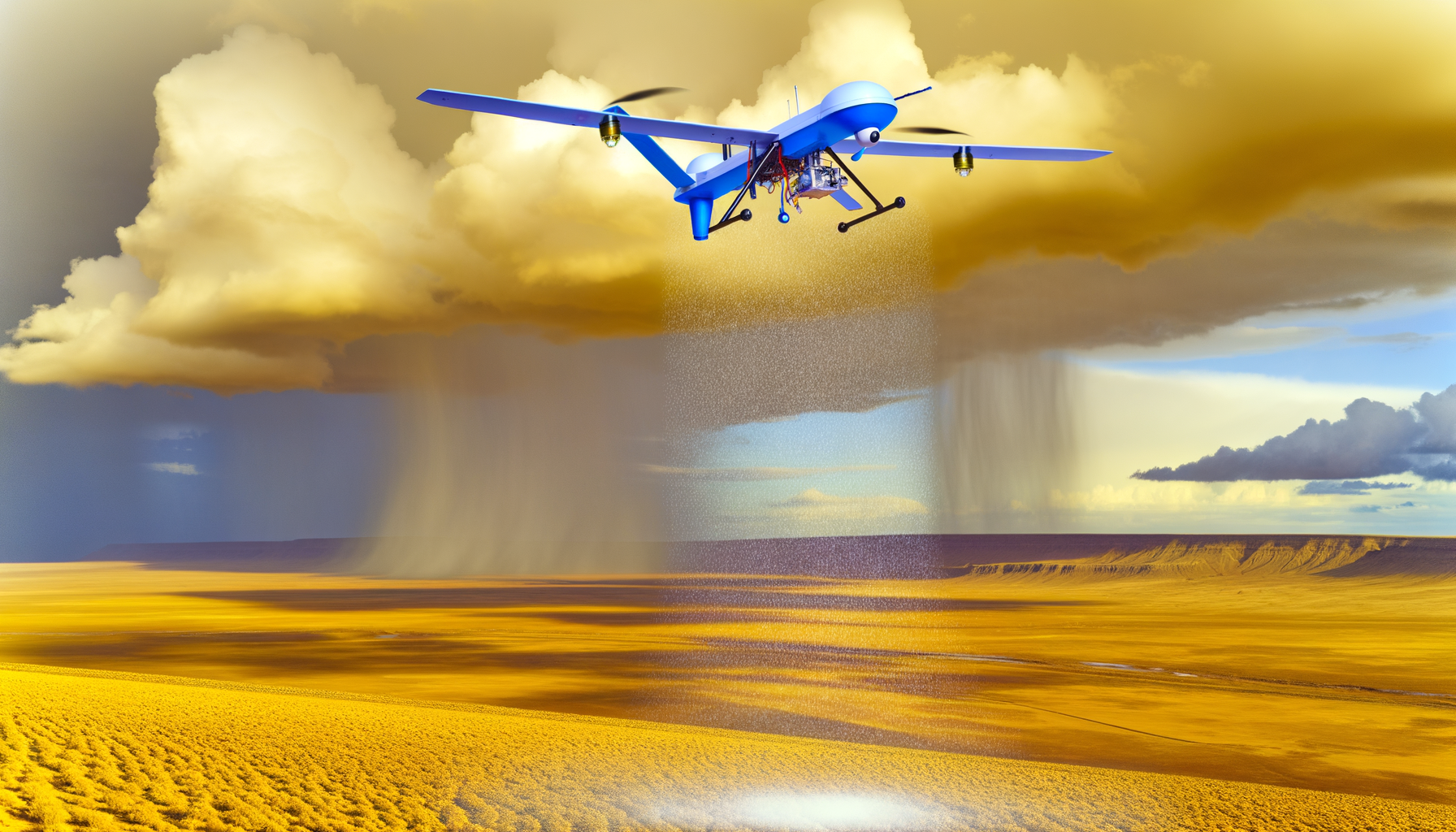


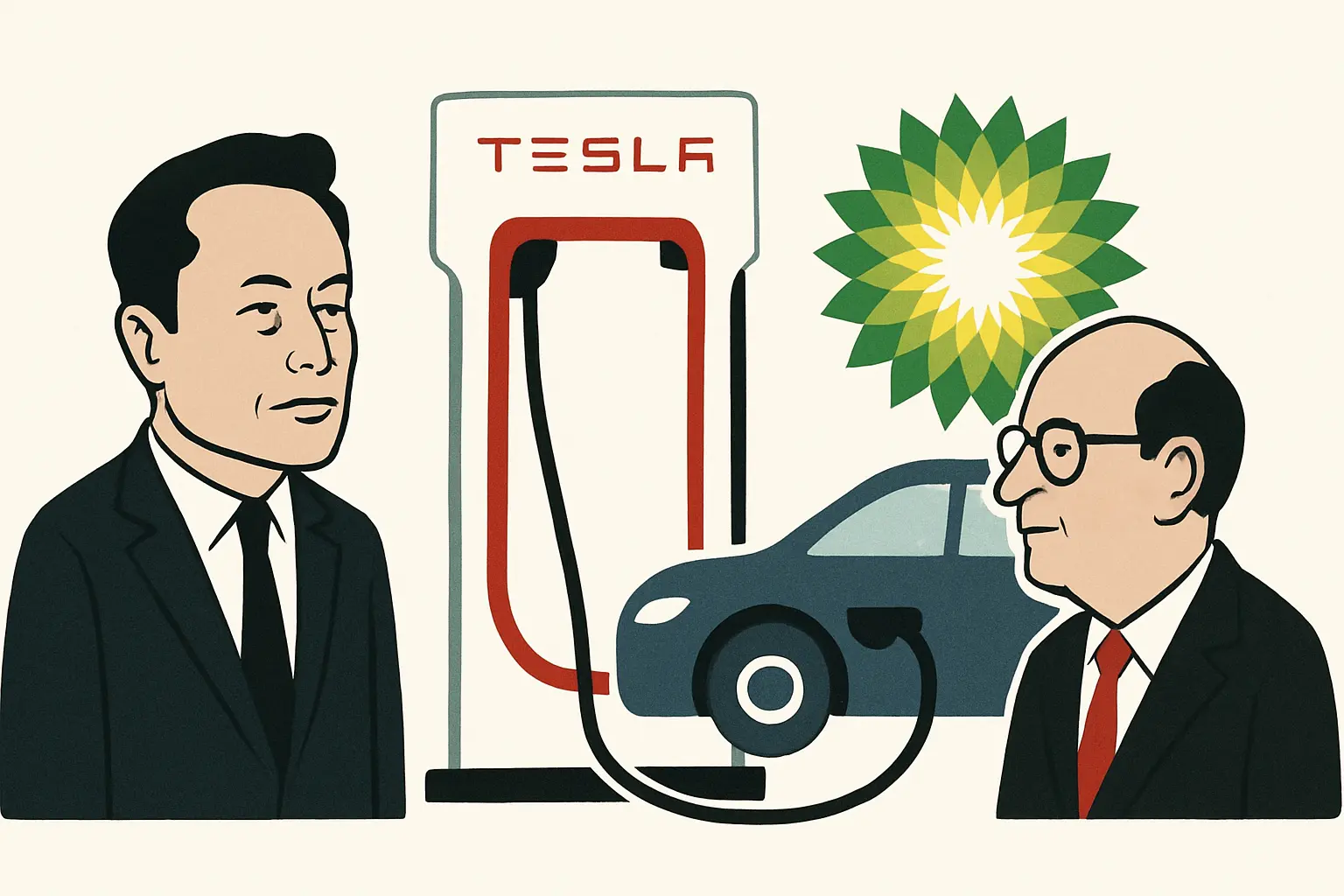
Comments are closed.